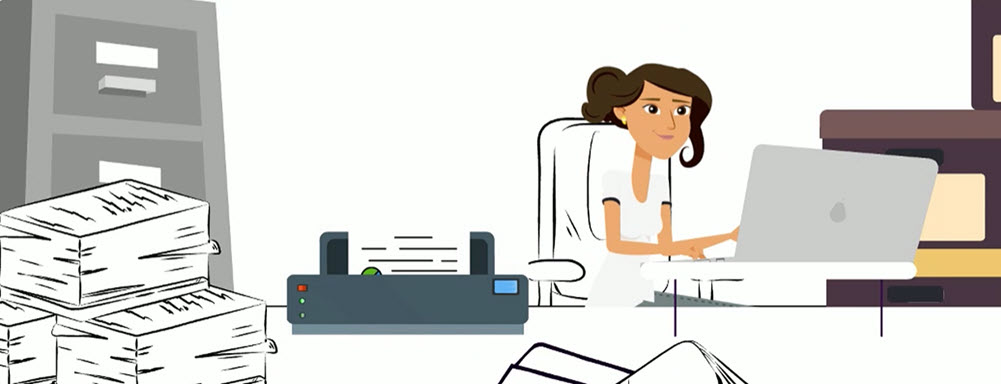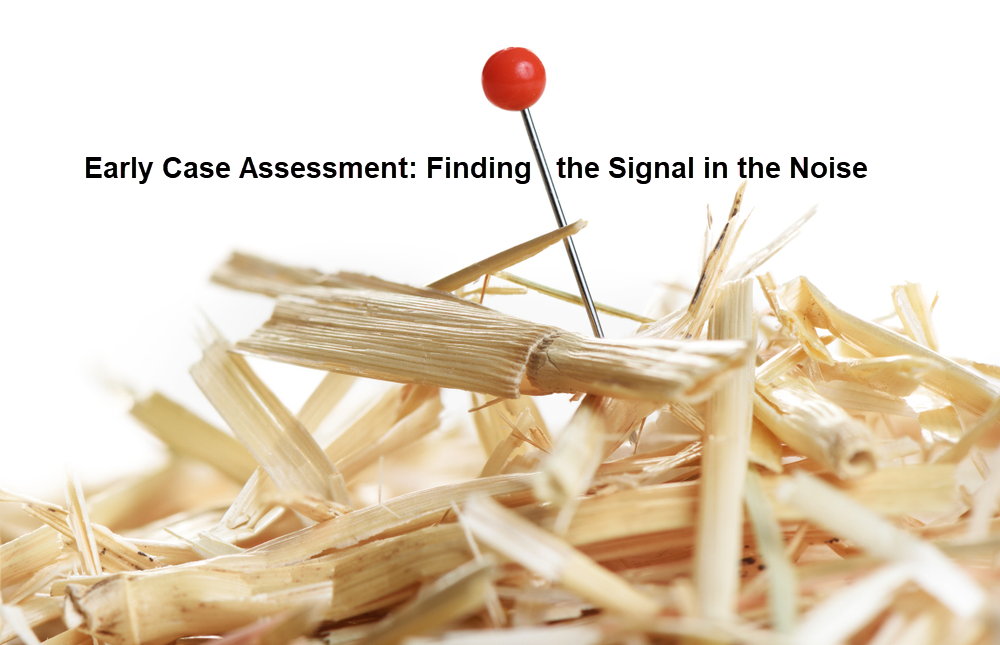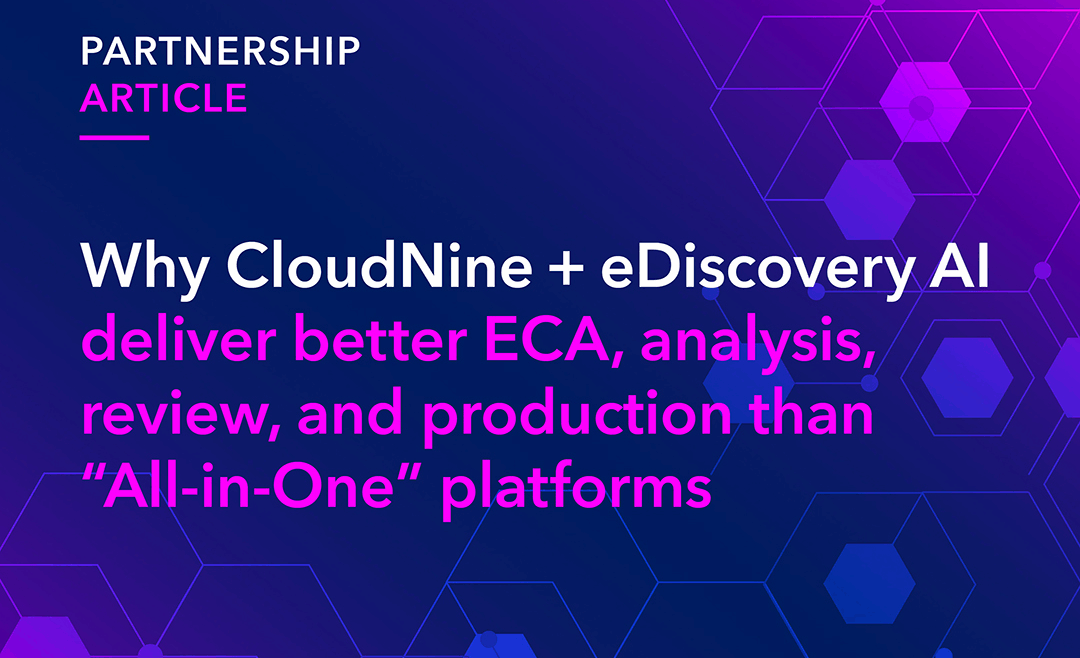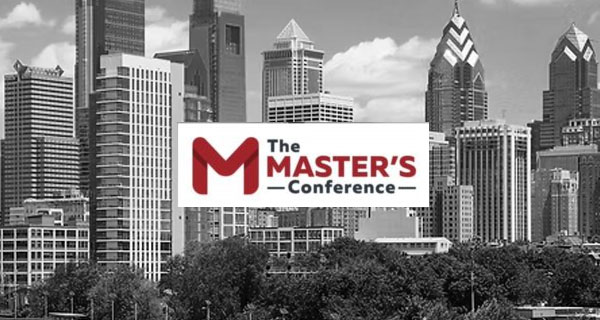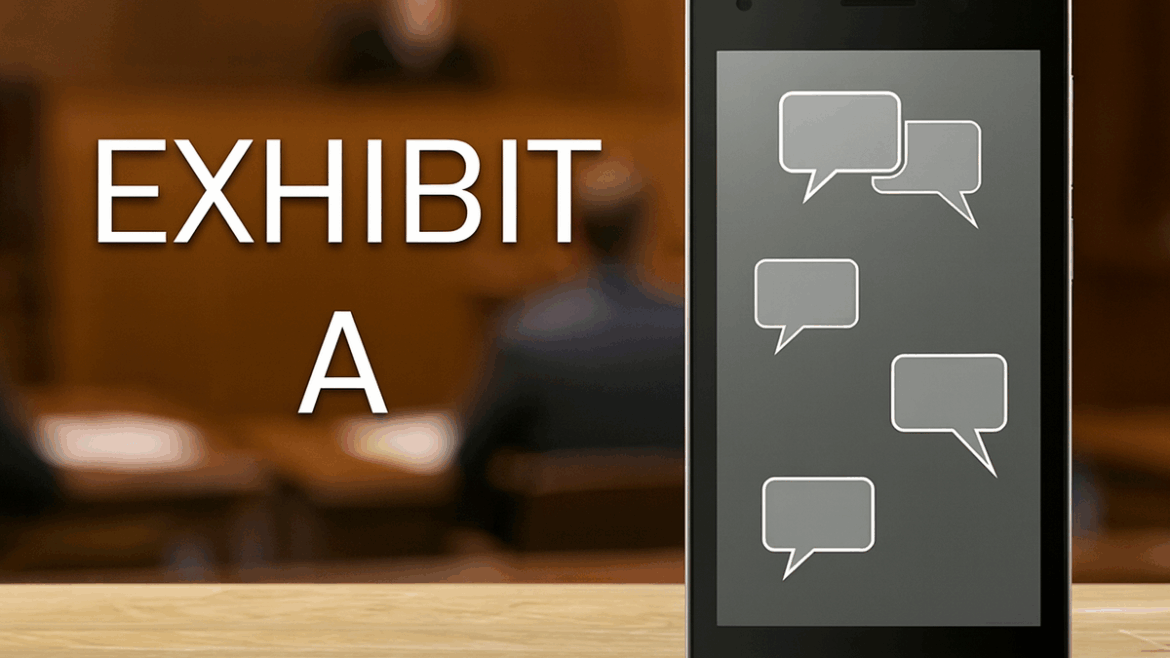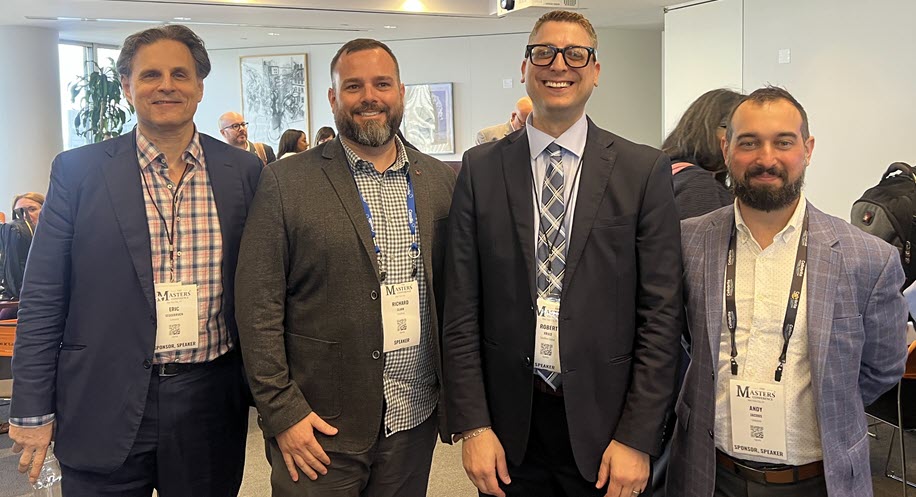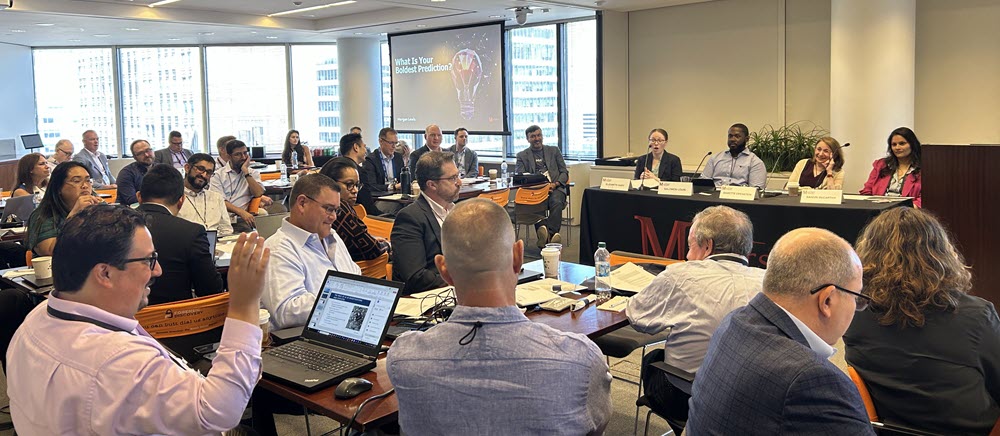Why On-Premise Still Matters: How CloudNine LAW Empowers Secure, Cost-Effective Data Processing
In an era where nearly every technology headline seems to focus on the cloud, it’s easy to assume that all data processing and document management solutions have moved there. For many organizations, cloud-based discovery tools have indeed brought tremendous flexibility and scalability.
But for others, especially those managing sensitive, high-volume, or budget-conscious projects, on-premise solutions remain essential. That’s where CloudNine LAW continues to play a critical role.
The Shift to the Cloud—But Not for Everyone
There’s no question that the cloud has transformed the eDiscovery landscape. Centralized hosting, rapid scalability, and collaboration tools make it a natural fit for many modern teams. However, the move to the cloud isn’t always seamless or suitable for every organization.
Many legal departments, government agencies, and service providers face ongoing challenges that make on-premise solutions like LAW a better fit:
- Data sensitivity and security concerns: Some matters involve highly confidential information like government data, trade secrets, or privileged communications that organizations aren’t comfortable hosting externally.
- Regulatory and compliance requirements: Certain industries are governed by strict data-handling rules that require information to remain within a specific physical or network boundary.
- Cost predictability: Cloud solutions often rely on consumption-based pricing models that can fluctuate dramatically depending on data size or user activity.
- Infrastructure investment: Many organizations already maintain robust local infrastructure and staff capable of managing on-prem systems efficiently.
The Case for On-Premise Processing and Document Scanning
For teams that value control, cost management, and data sovereignty, CloudNine LAW delivers a comprehensive, proven platform for document imaging and eDiscovery processing and all within your own environment.
Here’s why LAW continues to stand apart:
- Total Control Over Data Security
LAW operates fully on-premise, allowing organizations to manage and secure their data within their own network. This eliminates third-party exposure and aligns with stringent privacy, compliance, and confidentiality requirements.
- Cost Efficiency and Predictability
Unlike cloud-based models that charge per GB processed or hosted, LAW offers a fixed-cost licensing structure. This makes budgeting for large or ongoing matters far more predictable which is an important advantage for litigation support teams or government agencies operating under strict budgets.
- End-to-End Processing and Imaging
LAW remains one of the most complete on-prem solutions available for both native file processing and document scanning/imaging. From ingestion to production, LAW empowers users to control every stage of the workflow without outsourcing or cloud dependencies.
- Seamless Integration with Review Platforms
Processed data from LAW can be easily exported to review platforms like CloudNine Review, combining the best of both worlds: on-prem control during processing, and cloud flexibility for document review.
- Proven Reliability
LAW has been a trusted workhorse in the eDiscovery community for decades. Its enduring presence in litigation support environments is a testament to its performance, consistency, and ability to handle massive datasets with precision.
When On-Premise eDiscovery Makes the Most Sense
While the cloud offers advantages in scalability and collaboration, many scenarios still call for the stability and independence of on-premise platforms like LAW:
- High-security investigations or government matters
- Matters involving data subject to local storage laws
- Projects requiring rapid turnaround without upload/download delays
- Organizations seeking long-term cost control and predictable ROI
- Environments where existing IT infrastructure is already optimized
In short, on-premise isn’t outdated: it’s strategic and practical. For many teams, LAW bridges the gap between traditional control and modern flexibility, ensuring data stays secure and costs stay manageable.
The Last of Its Kind But Built for the Future
CloudNine LAW stands out today as one of the last and only fully on-premise document scanning and data processing platforms in the eDiscovery industry. While others have migrated entirely to the cloud, LAW continues to evolve incorporating modern file type support, performance updates, and integration with hybrid workflows.
For organizations that can’t, or won’t, compromise on security, control, or cost efficiency, LAW remains a cornerstone technology that continues to deliver real value.
Conclusion
As the eDiscovery landscape becomes increasingly cloud-centric, it’s important to remember that choice still matters. CloudNine LAW empowers legal teams and service providers to maintain control of their data, protect sensitive information, and operate on their own terms without the unpredictability of cloud costs or third-party hosting.
In a world rushing to only offer SaaS, LAW proves that on-premise can still be the smartest move.
Interested in learning more?
See how CloudNine LAW can fit into your discovery strategy!

